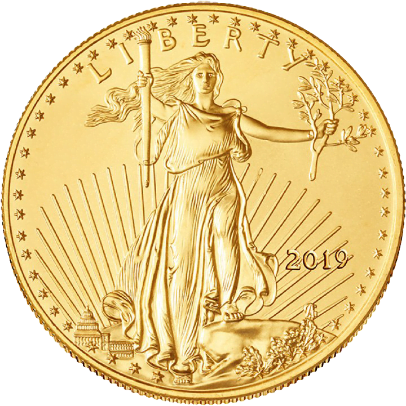More

Learn more about the value and history of this beautiful historic coin.
One of the top-selling coins in the world since its introduction in 1989, this coin has occasionally headed the list as the most-bought coin in the world. Its immense popularity in Europe is clearly a large contributor to that statistic, but the coin sells worldwide. It’s a 24-karat coin (.9999 pure), so it’s comparable to the Canadian Maple Leaf, Australian Kangaroo, or American Buffalo.

Each of our client’s needs is unique, and we take the time to customize recommendations to fit your financial goals. Click below to take the quiz and find the right advisor for you.
Dating back to the late 12th century, the Austrian Mint has been around a while. The mint’s website states that silver for the first coins came from the ransom paid Duke Leopold V of Austria by Richard the Lionheart. Richard was returning from the Crusades in the Holy Land when he was taken prisoner in Vienna by the Duke because of a previous insult. Twelve tonnes of silver was the price of Richard’s very expensive affront.
Over the years, the mint has employed a number of ways of striking its coins. Today it uses the modern variant of ring striking, a technique in use since 1830. Regardless of the technique, the mint is known for the extraordinary skill of its artisans, sculptors, and minters. The Wiener Philharmoniker—Vienna Philharmonic—coin is no exception.
Pipe Organ
What might at first look like a beautiful neoclassical building on the coin’s obverse (front) is on closer observation an engraving of the immense pipe organ located in the Wiener Musikverein—a neoclassical building in its own right that is the concert hall for Vienna Philharmonic Orchestra performances. The words “REPUBLIK ÖSTERREICH” are printed over the organ, while under it are printed, “1 UNZE [ounce] GOLD 999.9,” the year of mintage, and “100 EURO.”
Orchestral Instruments
On the reverse side of the coin you will see some of the instruments that comprise the orchestra. A cello holds the center foreground, flanked by four violins—two on each side. Taking up the rear row are a French horn, bassoon, and harp. In stylized font, the words “WIENER PHILHARMONIKER” are bannered across the top. Both this beautiful design and the one on the obverse came from the talented hand of the chief engraver of the Austrian Mint, Thomas Pesendorfer.
Design Updates: Constant and Steady for Over Three Decades
In 2002, with Austria’s adoption of the euro currency, the nominal value on the one-ounce coins was changed from 2,000 schillings to 100 euros.
The overwhelming popularity of the Austrian Philharmonic argues for its widespread acceptance and ready convertibility almost anywhere in the world. It’s hard to find a better choice, though there are others that are functionally and esthetically as good. It often comes down to a matter of preference, but if you prefer beautiful objects to the profiles of people’s heads, no matter how eminent, the Philharmonic is the way to go. Both sides extol the instruments by which is made some of the most beautiful music in one of the most elegant venues in existence today.
Get a personally tailored plan specific to your financial goals and needs. Connect with an advisor today.